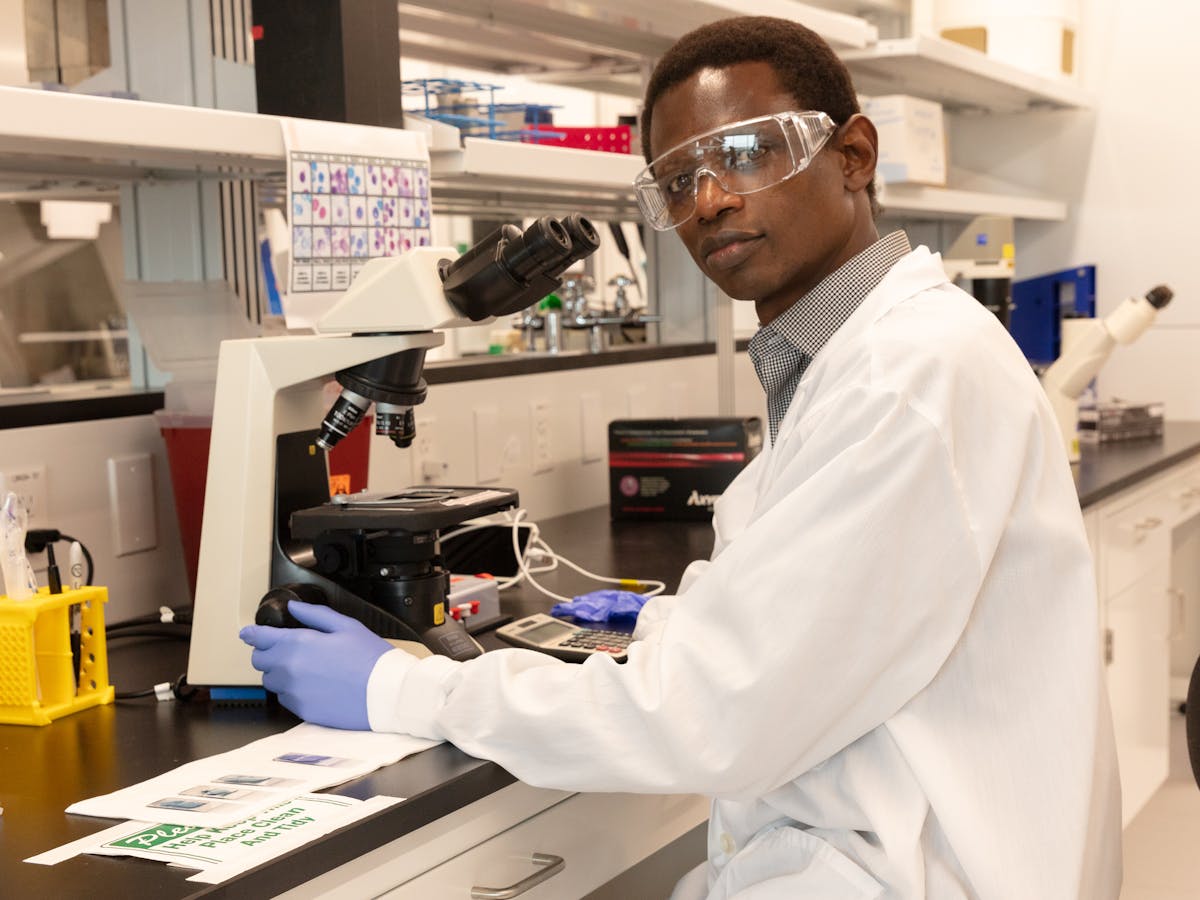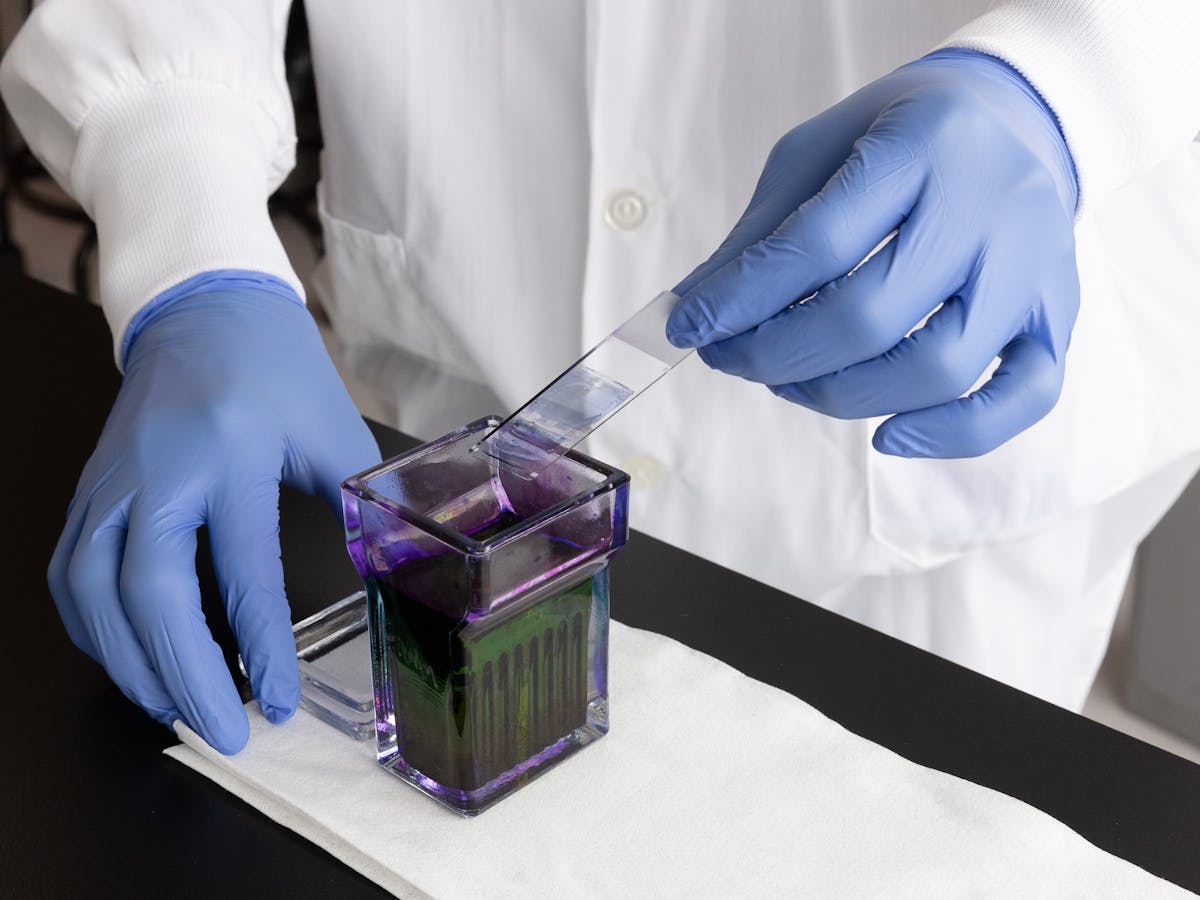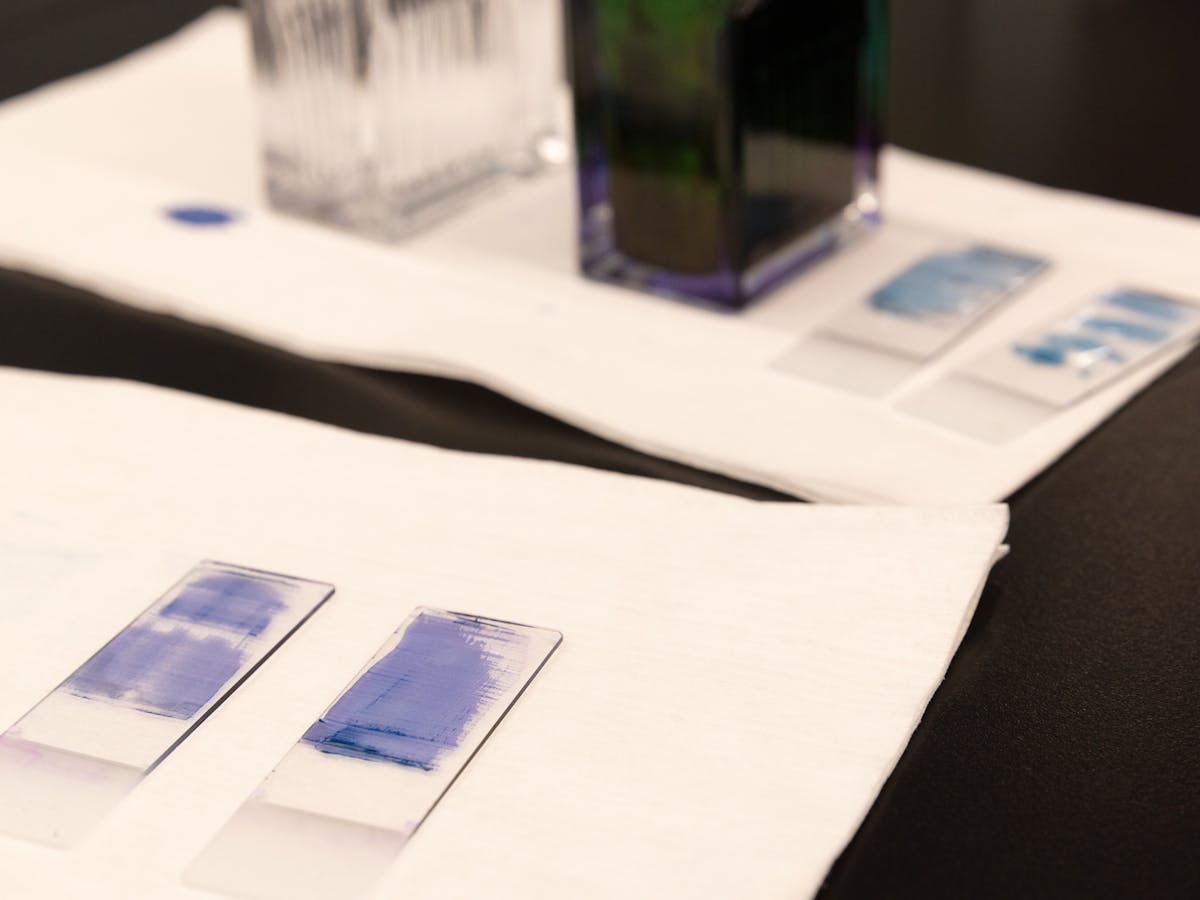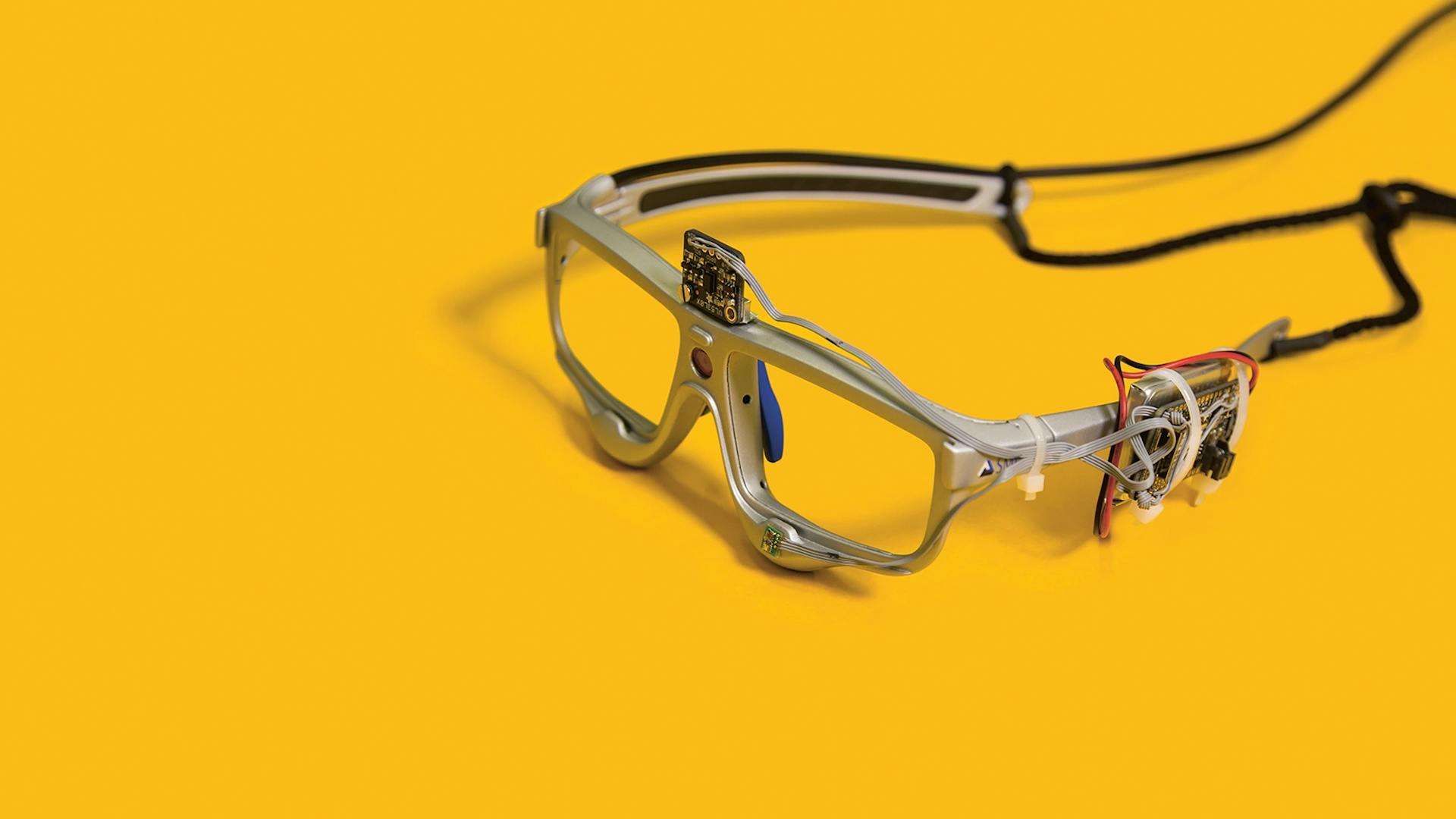
“While we have two compounds in clinical trials at this stage, I wanted to examine, as part of a proof-of-principle study, whether William’s system could be useful to produce a lead compound and explore whether AI could help us in the fight against malaria going forward.” - Armand Guiguemde
 Table of contents
Table of contents Marrying data and digital
Marrying data and digital Surprise, surprise
Surprise, surprisePublished on 17/03/2022
Armand Guiguemde, a scientist at the Novartis Institute for Tropical Diseases (NITD), is skeptical by nature, especially when it comes to his work as a researcher in the malaria field, which faces the perennial challenge to produce new compounds to keep the disease in check.
This is how I got to know Guiguemde in late 2020. We were discussing a quote he was initially reluctant to share, when our chat shifted towards artificial intelligence (AI) and he told me about a project he was working on together with data scientist William Godinez from the Novartis Institutes for BioMedical Research (NIBR).
A coding wizard, who has launched a number of research projects since he joined Novartis five years ago when the company started to boost its digital efforts, Godinez had developed an AI program back in the summer of 2019. The goal was not only to provide researchers with novel and high-quality ideas for compounds, but to do so in record time – thus helping to shorten the typical timelines and costs of drug discovery projects.
Godinez’s project had caught Guiguemde’s eye during one of the regular scientist get-togethers in Emeryville, where they both work, in autumn 2019. “It was during one of our poster sessions when I learned about William’s program,” Guiguemde remembered. “I was interested to learn more and test it.”
Fighting resistance
Guiguemde’s curiosity was driven mainly by the complexity of malaria science and the need to continually develop new compounds. Because malaria is a mosquito-borne disease caused by a parasite, existing medicines lose their power over time as the parasite builds resistance to treatments.
This phenomenon has happened repeatedly throughout history. An extract from the bark of the cinchona tree had been the standard malaria therapy for almost 300 years before quinine was used in the early 19th century. Later, quinine was replaced by chloroquine. But, like subsequent drugs such as mefloquine and atovaquone, all of these compounds lost their efficacy.
In fact, in the late 1990s, the World Health Organization (WHO) feared that some parts of Africa and Asia could become uninhabitable as the disease killed more than 1 million people every year as standard therapies had lost their potency.
This is where Novartis came in. It had developed anti-malarial Coartem® at the time, joined forces with the WHO to set up the Malaria Initiative and created the Novartis Institute for Tropical Diseases to develop new compounds in preparation for future resistance.
This investment has paid off handsomely from a global health perspective. Since 2001, more than 1 billion Coartem packs have reached patients in endemic countries, helping rein in the disease and supporting the United Nations in its effort to achieve one of its Millennium Goals. Furthermore, the NITD, together with several partners, is currently testing three new antimalarial compounds in the clinic – the fruit of 20 years of continual research.












